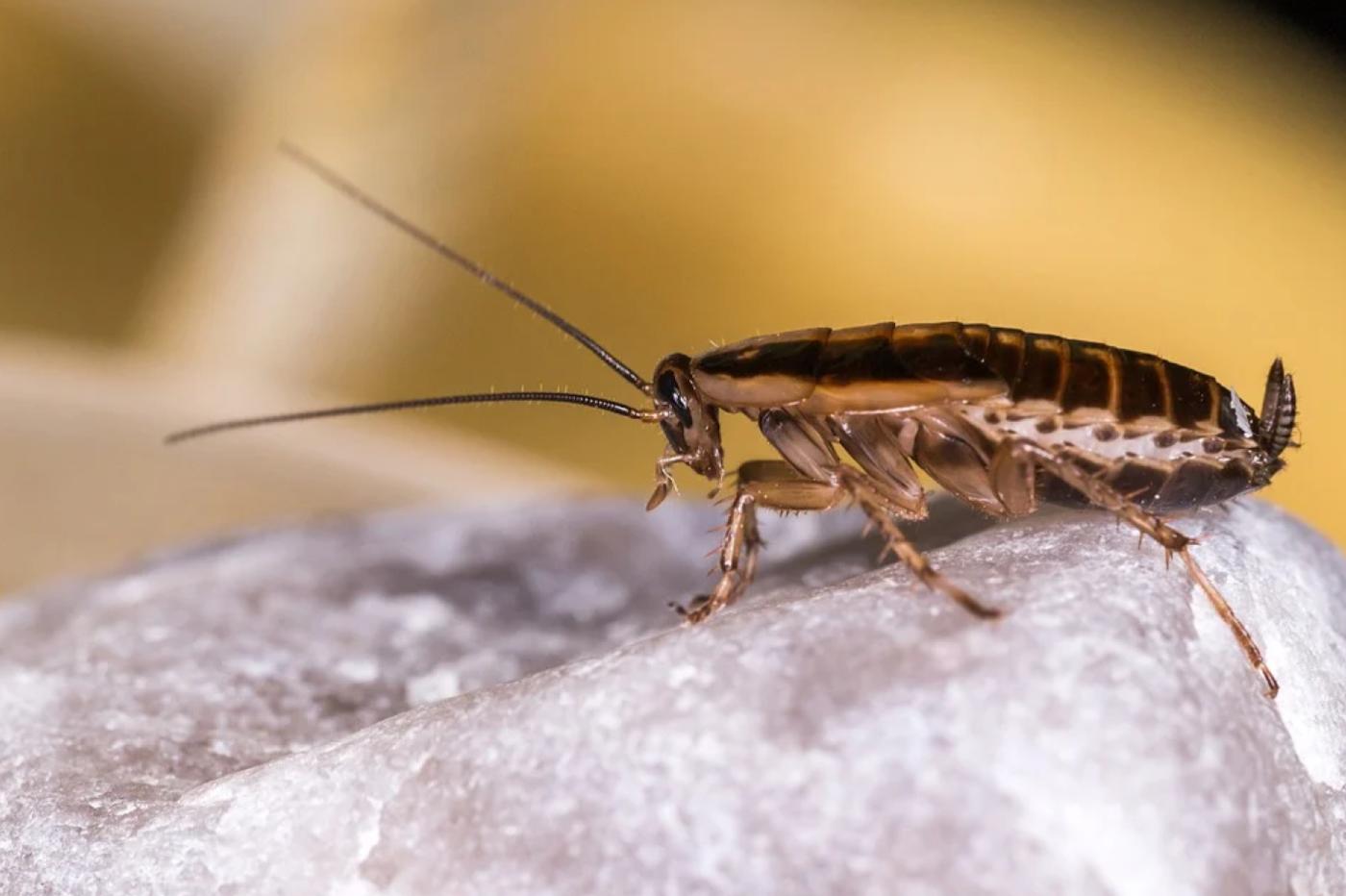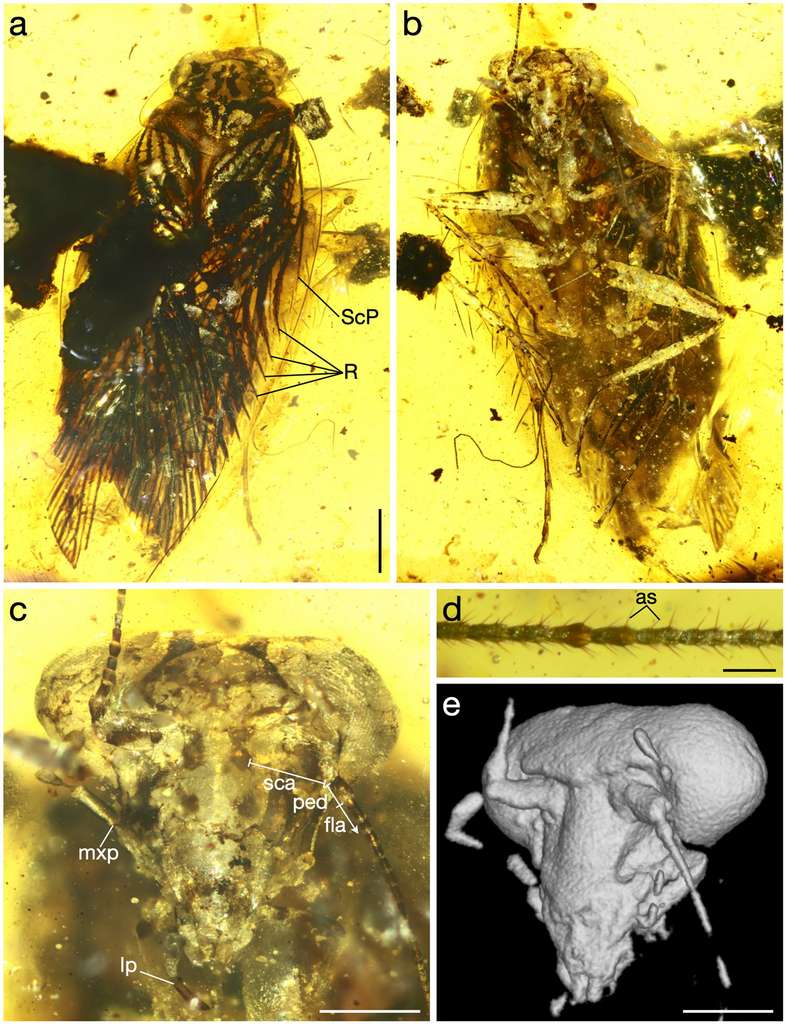
While modern cockroaches are inconspicuous and prefer darkness, their distant ancestors apparently had no problem with daylight.
In some areas and especially in some unsanitary spaces, cockroaches are a real nuisance. In addition to being not very photogenic, they can pose a real public health problem since they are also vectors of certain diseases. Through natural selection, they learned to hide in the dark corners of dwellings to avoid humans… but it wasn’t always like that.
This is the conclusion of a study recently published by Japanese researchers from the universities of Hokkaido and Fukuoka in Science of Nature, and spotted by Futura. While taking an interest in the remains of a cockroach dating from the Cretaceous, trapped in a protective amber case, they were surprised to discover two perfectly preserved large eyes. A distinctive sign which allowed them to affirm that they were dealing with a specimen ofHuablattula huian extinct species already known but never observed with this level of detail.
“The cockroach specimen was remarkably well preserved and presented several morphological peculiarities that we were able to observe in detail”explains the study’s lead author Ryo Taniguchi (not to be confused with the designer who designed the Tokyo 2020 Olympic Games mascots).
Having such highly developed specialized organs is always a very exciting discovery. Indeed, in terms of natural selection and evolution, these structures are traditionally adapted to a very specific way of life; studying its function therefore makes it possible to reconstruct part of the existence of the species in question.
For example, if we discover a fish fossil with very reduced or even absent eyes, we can deduce that it was probably a resident of the abyss. In this environment, the lack of light makes vision almost useless; the eyes then become an evolutionary dead weight that has gradually disappeared thanks to natural selection.

A diurnal cockroach now extinct
The reasoning is the same for current cockroaches. Since the vast majority of them live holed up in dark corners, they naturally have a fairly undeveloped sense of vision and rely heavily on their antennae. Conversely, the large eyes and small antennae ofHuablattula hui seem to indicate quite clearly that this prehistoric cockroach lived in broad daylight. According to the authors, they then behaved more or less like their distant cousins the praying mantises.
A conclusion all the more interesting as it shows a hitherto completely unsuspected diversity in the kingdom of cockroaches. Indeed, genetic analyzes have revealed that no current species of nocturnal cockroach is directly descended fromHuablattula hui. The researchers therefore imagine that the cockroach population would have been abused during its history, either by a predator or by competition with other insects.
The line ofHuablattula hui, used to going about her business in broad daylight, would not have survived this delicate period. Conversely, species that were already slightly more adapted to life in the dark could have used this talent to survive, thus giving rise to a new lineage that is now the majority.



